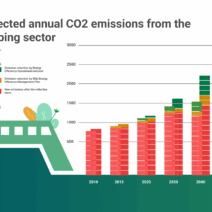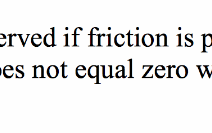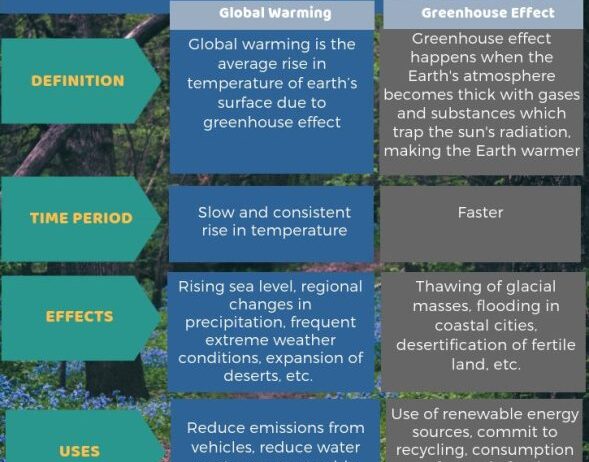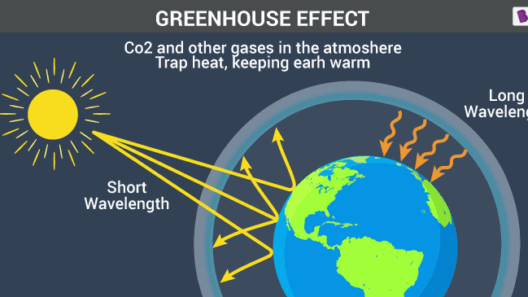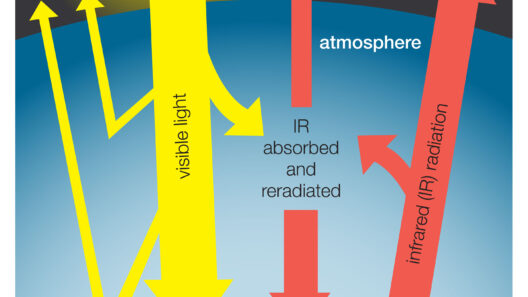When navigating the complex landscape of climate science, it is essential to delineate the distinctions between global warming and the greenhouse effect. Although these terms are often used interchangeably in public discourse, they embody different phenomena that are crucial to understanding climate change. Misconceptions may lead to ineffective environmental policies and personal actions. Hence, clarity on these concepts is paramount.
Global warming refers to the long-term increase in Earth’s average surface temperature due primarily to human activities, especially the emission of greenhouse gases. These gases include carbon dioxide (CO₂), methane (CH₄), and nitrous oxide (N₂O), which accumulate in the atmosphere and trap heat, contributing to a warmer climate. The greenhouse effect, conversely, is a natural process that enables life on Earth. It involves the retention of solar radiation by greenhouse gases, providing the planet with the warmth necessary to sustain ecosystems.
These differences are foundational and warrant a comprehensive examination. By understanding the nuances, one can better appreciate the mechanisms influencing climate change and advocate for informed decision-making in environmental policies and personal practices.
Understanding the Greenhouse Effect: Nature’s Thermal Blanket
The greenhouse effect is often described as Earth’s thermal blanket. Solar radiation penetrates the atmosphere, warming the planet’s surface. As the surface radiates this heat back into space, greenhouse gases capture a portion of it, preventing it from escaping. This natural mechanism is crucial in maintaining a habitable climate, securing a stable environment for life as we know it.
Common greenhouse gases play a significant role in this process. Carbon dioxide, though less potent than methane, is the most significant due to its volume and long atmospheric lifespan. Methane, while much more effective at trapping heat, exists in the atmosphere in smaller quantities but has gained attention due to increased emissions from agriculture and fossil fuel extraction. Nitrous oxide, released from industrial activities and agriculture, further exacerbates the greenhouse effect.
The balance of this natural process is essential. Without the greenhouse effect, Earth would be an inhospitable, frozen wasteland. It’s critical to recognize that the greenhouse effect itself is not detrimental; it is, in fact, a necessary phenomenon that sustains life on our planet. However, human-induced alterations have led to an enhanced greenhouse effect, which is the crux of global warming.
The Underlying Mechanisms of Global Warming: A Human Factor
Global warming stems from the anthropogenic intensification of the greenhouse effect. Since the onset of the Industrial Revolution, human activities have significantly accelerated the release of greenhouse gases into the atmosphere. This leads to more heat being trapped, resulting in a gradual rise in average global temperatures.
Key activities contributing to global warming include fossil fuel combustion for energy, deforestation, and intensive agricultural practices. The extraction and burning of coal, oil, and natural gas emit vast amounts of CO₂, while land-use changes, particularly deforestation, reduce the planet’s capacity to sequester carbon. This dual impact exacerbates the concentration of greenhouse gases, resulting in alarming temperature rises.
The implications of global warming are profound. Climate models indicate that if current trends continue, we could witness extreme weather patterns, rising sea levels, and significant disruptions to ecosystems globally. The ramifications extend beyond environmental degradation; they pose socio-economic threats, exacerbating inequalities, threatening food security, and creating large populations of climate refugees.
Key Differences: Distinguishing Between the Two Concepts
Despite their interrelation, the key differences between global warming and the greenhouse effect are clear. At its core, the greenhouse effect is a natural process essential for sustaining life, while global warming refers to the perilous enhancement of this effect due to human activities. This distinction is crucial in formulating effective climate action. Misunderstandings can lead to inadequate responses, risking the well-being of future generations.
Furthermore, while the greenhouse effect operates within a natural cycle, global warming encompasses a troubling shift in this cycle, tipping the scales towards unsustainability. This has emerged as a central concern for climate scientists, policymakers, and citizens alike. Addressing global warming requires a concerted effort to reduce greenhouse gas emissions while fostering sustainability in energy consumption, land management, and industrial practices.
A Call for Action: Bridging Understanding with Responsibility
Understanding the mechanisms and distinctions between global warming and the greenhouse effect is not merely academic but a call to action. Awareness about these concepts empowers individuals to make informed choices, advocate for sustainable practices, and press for comprehensive climate policies. It is essential that everyone understands their role in combating climate change, from reducing personal carbon footprints to supporting renewable energy initiatives.
In conclusion, while the greenhouse effect is a natural, necessary phenomenon, global warming represents an impending crisis driven by human actions. Recognizing this difference clarifies the urgency needed in our responses. Only through dedicated collective action can society hope to mitigate the dangerous impacts of climate change and foster a resilient future for our planet.
